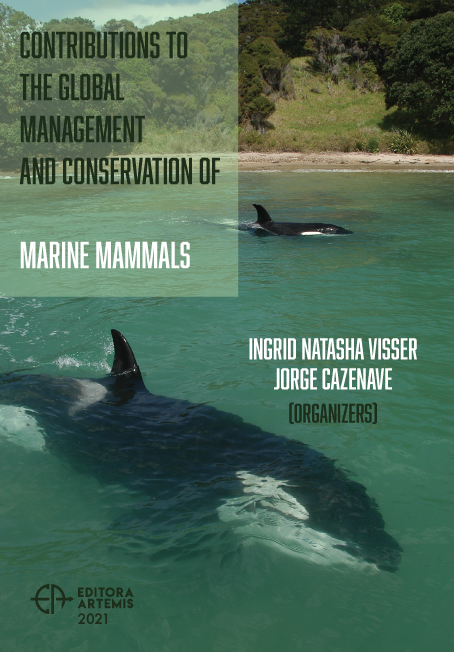
INCREASING THE UNDERSTANDING OF MULTISPECIES FEEDING EVENTS IN MARINE HOTSPOTS BY MEDIUM TERM INSTRUMENTATION AND TRACKING.
From a case study focusing on surface rate behaviour of minke whales, we tracked a vhf tagged whale for 5 days in the waters south of Svalbard, Norway (Øien et al. 2009). A total of 193 nm track was registered during these days, crossing in the waters of the outer Storfjorden. The development of tag sensors (depth, GPS, orientation, acoustics and video), tag attachment and tracking abilities the last 10 years, make this type of ecological approach to an ecosystem interesting, using an individual tagged whale as a biological track. This type of novel approach would also be an interesting add and supplement to standard line transect and station surveys applied during ecosystem surveys. Especially with the option to observe the feeding strategies of different species, by applying sensors (datalogers) and visually observe these events, and then combine this with data collected from prey mapping and samples from trawl settings. In short: Ecosystem research in “Hotspots”, with the help of simple tracking sensors and sophisticated datalogers, combined with standard instruments and equipment on modern research vessels.
INCREASING THE UNDERSTANDING OF MULTISPECIES FEEDING EVENTS IN MARINE HOTSPOTS BY MEDIUM TERM INSTRUMENTATION AND TRACKING.
-
DOI: 10.37572/EdArt_1003212862
-
Palavras-chave: marine mammals; minke whales; multispecies feeding; marine hotspots ; instrumentation and tracking.
-
Keywords: marine mammals; minke whales; multispecies feeding; marine hotspots ; instrumentation and tracking.
-
Abstract:
From a case study focusing on surface rate behaviour of minke whales, we tracked a vhf tagged whale for 5 days in the waters south of Svalbard, Norway (Øien et al. 2009). A total of 193 nm track was registered during these days, crossing in the waters of the outer Storfjorden. The development of tag sensors (depth, GPS, orientation, acoustics and video), tag attachment and tracking abilities the last 10 years, make this type of ecological approach to an ecosystem interesting, using an individual tagged whale as a biological track. This type of novel approach would also be an interesting add and supplement to standard line transect and station surveys applied during ecosystem surveys. Especially with the option to observe the feeding strategies of different species, by applying sensors (datalogers) and visually observe these events, and then combine this with data collected from prey mapping and samples from trawl settings. In short: Ecosystem research in “Hotspots”, with the help of simple tracking sensors and sophisticated datalogers, combined with standard instruments and equipment on modern research vessels.
-
Número de páginas: 3
- Lars Kleivane
- Nils Øien

